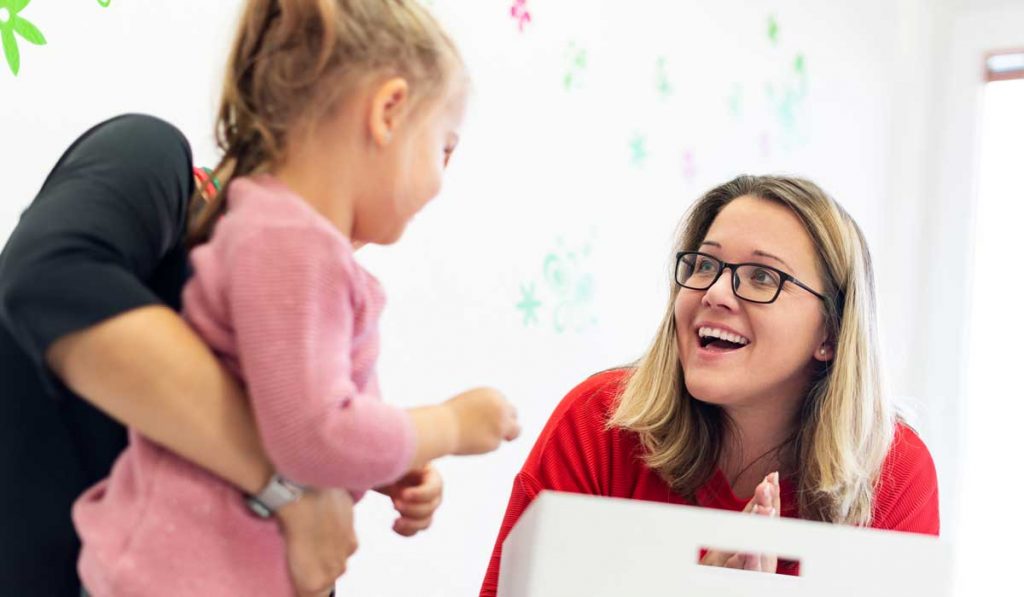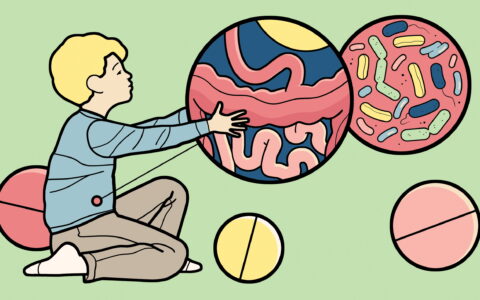A multisite randomized, controlled trial has tested the effects of different intervention styles and intensities for toddlers with autism spectrum disorder (ASD).
The study is one of the first to rigorously test these intervention elements based on initial degree of development delay and ASD severity. Results were published in the Journal of the American Academy of Child and Adolescent Psychiatry.
The three-site study team included Zachary Warren, Ph.D., director of the Division of Developmental Medicine at Monroe Carell Jr. Children’s Hospital at Vanderbilt.
“Early intensive treatment can be life changing for children with ASD,” Warren said. “The fundamental question has been ‘what kind of treatment should I seek for my child and how many hours of it do I need?’”
Structured vs. Play-based Intervention
Although many interventions have demonstrated efficacy, Warren says, they vary widely in practical implementation. A lack of clear treatment outcomes in the literature can have major implications for practice and policy.
“There have been two differing approaches to intervention,” Warren explained. “One is a more adult-directed, structured approach to teaching, and another approach operates using more play-based interactions. They share elements but can look very different.”
Researchers used a randomized, controlled design to compare a behavioral or discrete trial teaching (structured) approach to a naturalistic developmental (play-based) approach. They tested two intensity levels for each: 15 or 25 hours of 1-to-1 intervention weekly. For the 87 toddlers in the study, these hours corresponded to a relatively low versus high intensity intervention. The interventions lasted a full year.
Benefits Across the Board
All participants, regardless of the study arm, saw significant gain and benefit from accessing an early ASD intervention.
Said Warren, “We thought children with milder ASD might respond better to play, and children with more severe symptoms at enrollment might respond better to more hours. Instead, we saw gains across styles and intensity levels.”
“The fundamental question has been ‘what kind of treatment should I seek for my child and how many hours of it do I need?’”
The study revealed that initial developmental rate and autism severity did not affect a child’s response to intervention.
Similarly, the researchers did not observe distinct effects of intervention style or intensity on a child’s ASD severity, expressive communication, receptive language, or nonverbal ability over time. Each of these four domains was measured using standardized, validated techniques.
Real-world Testing
At the Vanderbilt study site, Warren and colleagues trained interventionists to offer the clinical trial exclusively to military families. “We wanted to show that we could do this in a real-world setting, with a population facing challenges such as separations, deployments and other significant life stressors,” Warren said.
This element of the study allowed the team to demonstrate that an effective ASD intervention can be delivered outside of an academic research institution.
“Fundamentally, young children receiving intensive, high quality intervention make substantial and meaningful developmental improvements over time,” Warren said.
Personalized Approaches
Warren emphasizes that even at low intensity (15 hours per week), the interventions delivered in this study included an unusually high level of rigor, oversight and interventionist training. The high quality likely played a role in driving benefits, he said.
The results also suggest intervention style and intensity can be tailored to meet individual needs of kids with ASD. “If we can get similar results with treatments that are lower intensity for some kids, wouldn’t that be preferable?” he asked. Warren has already developed several tools to support early ASD screening and tailored treatments.
Next, the researchers are interested in testing intervention timing. They plan to investigate a priming role for the first year of ASD intervention, and how this formative time period may affect gains from interventions later in life.
“Intervention is not just for a year for kids with ASD. More may not always be better. There may be circumstances where receiving the right quality intervention, at the right intensity, at the right time is really what’s important to center upon,” Warren said.





